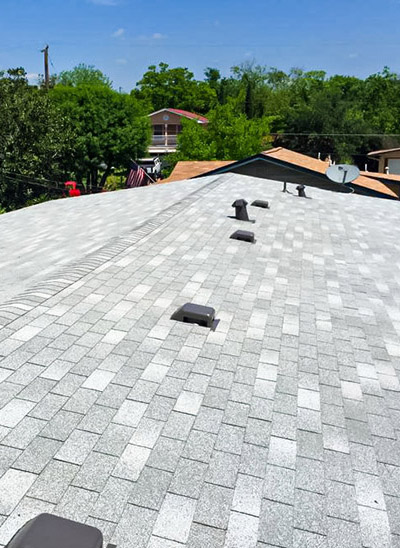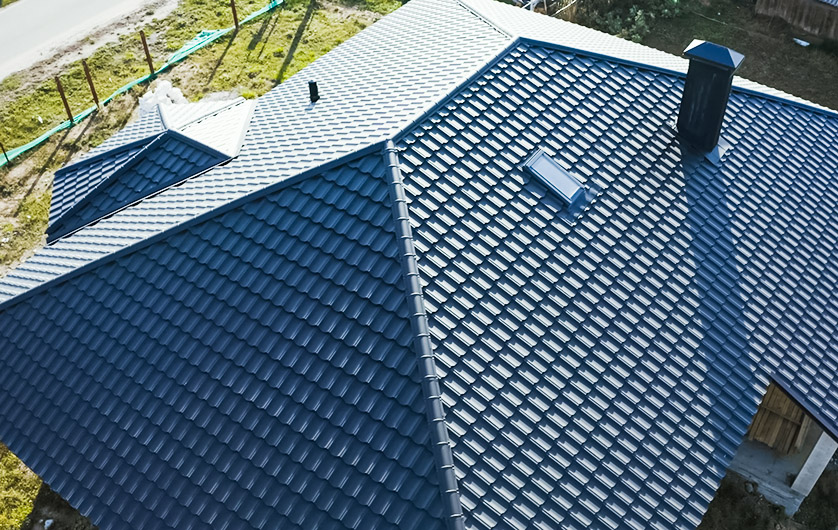Roofing is a complex process that requires skill and knowledge. When done improperly, the results can be costly and put you at risk of serious damage to your home, not to mention financial losses.
To ensure success in roof repair or installation projects, it’s important to understand some common mistakes made by even experienced professionals. This article examines lessons learned from experts on how to avoid making these mistakes when tackling a roofing project.
Roof maintenance should not be taken lightly; any negligence can lead to more severe issues down the road including water damages, condensation buildup, and energy loss. By learning from the experiences of others, homeowners will have access to valuable information about what works best for long-term roof performance and protection.
Inspecting Your Roof
As a homeowner, it is important to inspect your roof regularly. Doing so can help you identify potential issues before they become serious problems and ensure that the structure of your home remains secure.
Performing preventative maintenance on your roof should be done annually or after any major weather event such as a hurricane or hailstorm. It is also beneficial to use weatherproofing products like sealants or coatings to keep moisture out of the space between shingles.
When inspecting your roof, always note any signs of damage or wear and tear including missing tiles, broken flashing, damaged gutters, cracked seals, rust spots and more. Additionally, look for evidence of water infiltration in areas such as ceilings or walls inside the house where water may have intruded through weak points in the roof’s surface.

Choosing The Right Materials
Inspecting your roof is a critical step to ensuring the longevity and quality of your roof, but selecting the right materials for your roof can be just as important.
Quality material will not only help protect against weather elements, it will also lower maintenance costs in the long run.
When considering what type of material you should use for your roof, think about how much sun or rain your home receives throughout the year and which type of insulation you need for energy efficiency.
Weatherproofing should be one of your major considerations when choosing a material; metal roofs are often more resistant to damage from hail, snow, and other extreme weather conditions than other materials like asphalt shingle.
Roofs with tiles may last longer than those made with wood shakes due to their fire-resistance characteristics.
Understanding The Need For Insulation
Insulation is an integral component of any roofing system. It plays a major role in keeping the interior temperature of a building stable, regardless of weather changes or other external factors.
When insulation isn’t installed correctly, it can lead to drastic energy losses and cause problems with comfort levels inside the building.
When installing insulation, professionals make sure that they select the correct type based on its R-value – this value determines how well it will work as an insulating material.
Once the right insulation has been chosen, sealing all cracks and seams becomes essential – air leaks need to be prevented in order for the insulation to be effective.
Insulation must also fit perfectly between joists and studs so that no heat transfer occurs through gaps in walls or ceilings. Professional roofers are adept at properly selecting and fitting insulation into hard-to-reach places such as attic floors and cathedral ceilings.
Considerations For Flat Roofs
Flat roofs require special considerations in order to prevent mistakes that can lead to costly repairs and inconvenient roofing problems.
Waterproofing is essential for flat roofs, as they are more vulnerable to water damage from rain or snow accumulation than other types of roofing. In order to avoid this problem, a waterproof membrane should be installed beneath the shingles on flat roofs.
Additionally, drainage systems must also be considered when constructing flat roofs. Gutters and downspouts may need to be added along with drains at low points in the roof deck where water could accumulate. This ensures proper runoff and prevents water build up that can cause serious issues such as rot or mold growth on the roof’s surface.
Properly designed drainage systems will help ensure any standing water is removed quickly and efficiently so that it does not remain stagnant on the roof’s surface. Taking all these factors into account during installation will greatly reduce common mistakes associated with flat roof construction while helping maintain the longevity of your investment.
Utilizing Professional Help
Flat roofs come with their own set of challenges, and it is important to take the necessary precautions when dealing with them. As such, there are a few steps that can be taken in order to reduce common roofing mistakes.
The most important step to consider is ensuring safety protocols are being followed by both the contractor and homeowner. This includes proper fall protection gear, as well as having trained personnel onsite who have experience in safely navigated flat roofs.
In addition to following safety protocols, another key consideration for avoiding roofing mistakes is selecting a qualified contractor. It is essential to do research into local contractors and read reviews from past customers before making a decision.
Additionally, homeowners should always ensure that any contract they sign has been thoroughly reviewed so that all rights and responsibilities are clearly defined between both parties involved.
With careful planning and attention to detail, homeowners can avoid costly roofing errors while also protecting themselves against potential liabilities down the line.

Avoiding DIY Pitfalls
It is easy to be enticed by the idea of tackling a roofing project yourself. DIY projects can save money and give you an immense sense of satisfaction when completed successfully. However, without proper training or experience, it is important to consider certain pitfalls before beginning your own roofing project.
One such pitfall includes improper ventilation. Without adequate ventilation, warm air will build up in the attic and cause condensation damage on the underside of the shingle deck. To avoid this problem, ensure that there are properly functioning soffit vents along with additional vents for exhaust purposes.
Another common mistake made by inexperienced do-it-yourselfers involves assessing damage incorrectly. It is important to have a clear understanding of what type of repair needs to occur as well as how long it should take to complete the task – something best left to professionals if one’s skill level proves inadequate.
To achieve a successful outcome from any home improvement endeavor requires careful planning and preparation beforehand; taking time to research both materials needed and techniques required can help minimize potential mistakes while doing it yourself. Doing homework ahead of time can not only save time but also reduce stress during the process itself!
Preparing For Winter Weather
As the winter season approaches, it is important for homeowners to take proper precautions in order to avoid common roofing mistakes.
Taking preventative steps such as winterizing gutters and assessing shingles can help protect a home’s roof from damage caused by extreme temperatures and weather conditions.
Gutters should be cleaned of all debris before winter sets in so that water can flow freely during rain or snowfall.
It is also recommended to inspect the condition of the shingles prior to cold weather, since any cracks or defects could allow moisture underneath them which would eventually cause rot and deterioration.
Finally, taking time each year to check your roof and make necessary repairs will extend its lifespan while helping ensure that no major issues arise due to unexpected weather events during the colder months.
